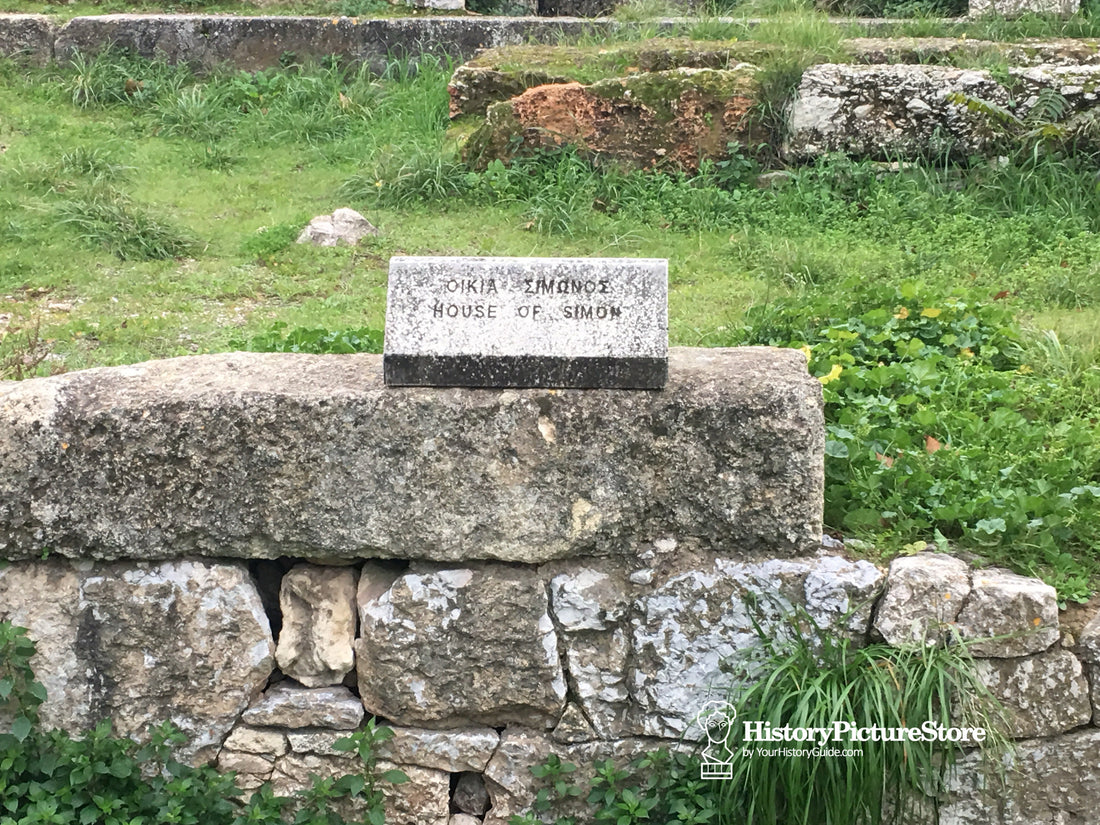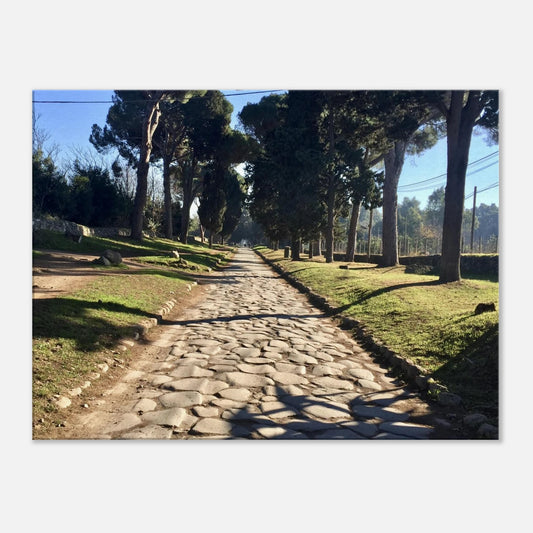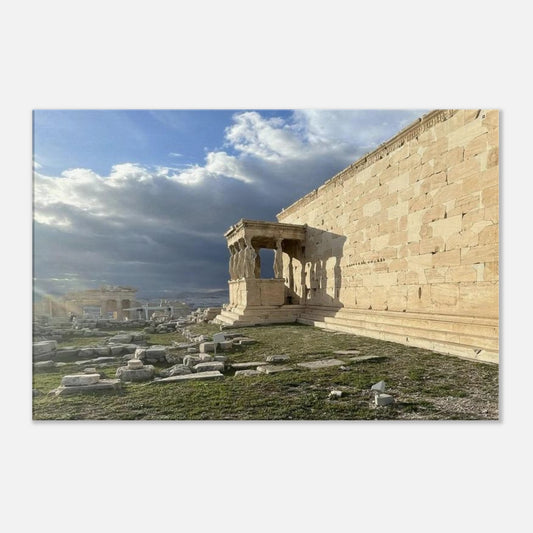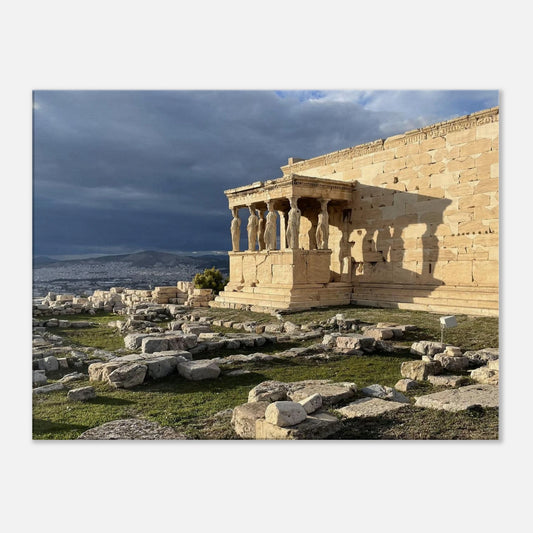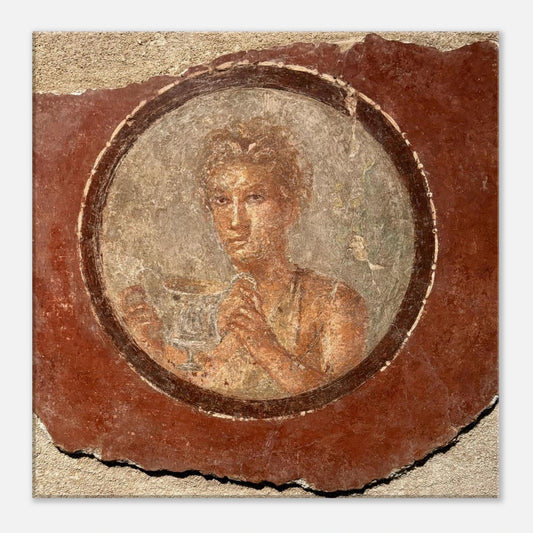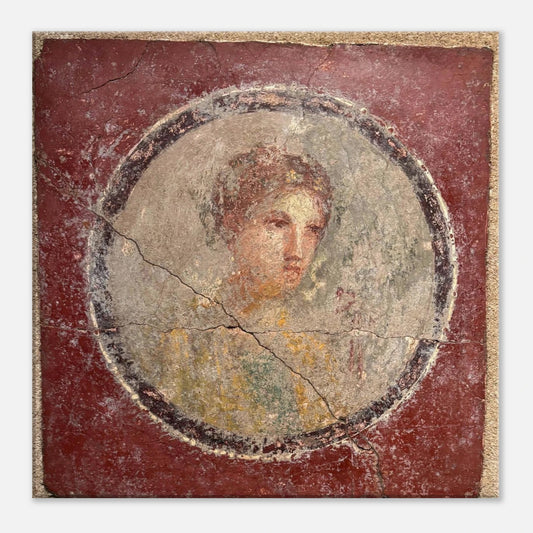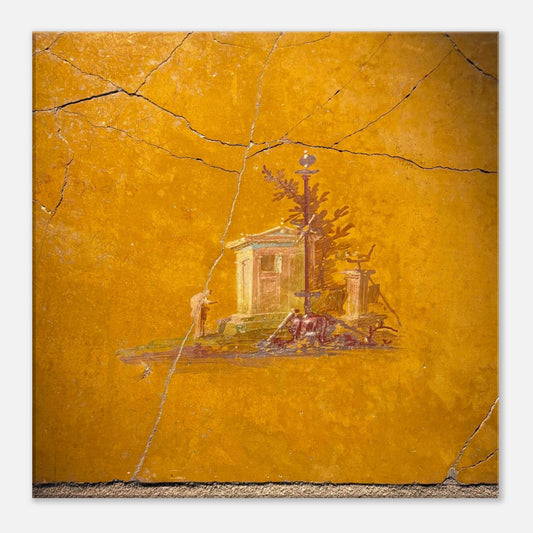The Cobbler’s Shop, and The First Socratic Dialogues
Lindsey HallSome sights take your breath away with their grandeur; towering columns, marble statues gleaming in the Mediterranean sun, or sweeping vistas across ancient theatres. This modest little sign, perched atop a handful of weathered stones in the Athenian Agora, certainly isn’t one of them.
When I first encountered it a few years back, during a December visit to Athens in 2018, I’ll be honest … it seemed utterly unremarkable. Just another archaeological marker amongst the countless others scattered throughout this extraordinary site. Yet something about its unassuming presence intrigued me enough to snap a photograph. Some instinct told me there was more to this story than met the eye.
Back at my hotel that evening, curiosity got the better of me, and I found myself diving into Google to uncover what lay behind that simple sign. What I discovered was far more extraordinary than I could have imagined.
The Cobbler Philosopher
The sign marks the workshop of Simon: not Simon the Great or Simon the Magnificent, but Simon the cobbler. He lived and worked here in the late 5th century BC, right on the edges of the bustling Agora, Athens’ beating heart of commerce, politics, and daily life. His hands were stained with leather dye, his days filled with the rhythmic hammering and stitching that kept Athenian feet shod and comfortable.
But Simon was no ordinary tradesman. This humble cobbler was an associate of Socrates himself. More remarkably still, Simon was a philosopher in his own right, contributing to the very birth of recorded philosophical dialogue.
Where Young Minds Gathered
The ancient historian Xenophon tells us something fascinating about how philosophy spread in classical Athens. Young people weren’t permitted to enter the Agora proper; that sacred space was reserved for full citizens conducting the serious business of democracy and commerce. But youth will always find a way, won’t it?
These eager young minds gathered instead in the workshops that ringed the Agora’s edges. Here, amongst the tools of various trades, they could listen, learn, and engage with the ideas that were revolutionising human thought.
The Birth of Dialogue
Socrates, ever the teacher, understood this perfectly. Rather than confining himself to formal schools or grand lecture halls, he sought out these workshop spaces. He wandered from shop to shop, engaging with merchants and their young customers in the kind of probing, questioning conversations that would become his hallmark.
Simon’s cobbler shop was one of these crucial meeting places. But Simon went one step further than simply hosting these conversations; he began writing them down. As best as his memory allowed, he captured these exchanges between Socrates and the various visitors to his workshop. These became the very first Socratic dialogues ever committed to writing.
Think about that for a moment. Before Plato’s famous dialogues, before the philosophical texts that would fill countless library shelves, there was Simon the cobbler, working by lamplight after a long day of crafting shoes, carefully recording the conversations he’d witnessed and engaged in.
Standing Where Giants Stood
This is what struck me most profoundly when I next stood at this spot; was that I was quite possibly occupying the same patch of earth where Socrates himself had stood, gestured, questioned, and challenged. The same space where young Athenians had their minds opened to new ways of thinking. The very spot where the tradition of philosophical dialogue, one of humanity’s greatest intellectual achievements, was first preserved for posterity.
The Power of the Unremarkable
There’s something deeply moving about discovering philosophy’s origins in such an humble setting. Not in a palace or temple, but in a working man’s shop. Not amongst the wealthy and powerful, but in conversations between a tradesman and curious young people. Not preserved in grand libraries, but recorded by someone whose primary concern was keeping Athens walking comfortably.
When I finally turned away from that modest sign and continued my exploration of the Agora, I carried with me a renewed appreciation for the unremarkable places where remarkable things happen.
I thought it was pretty cool anyway!
